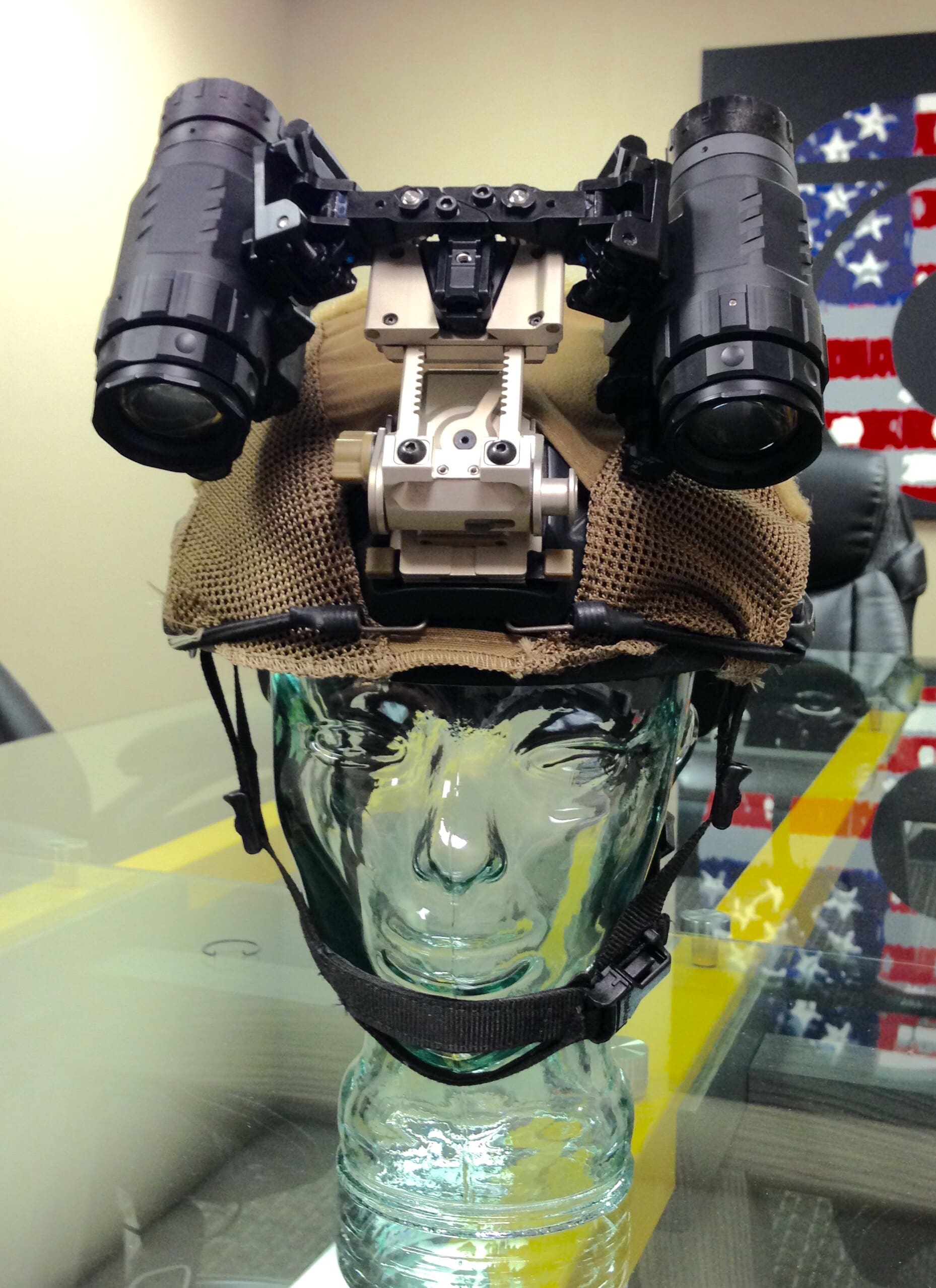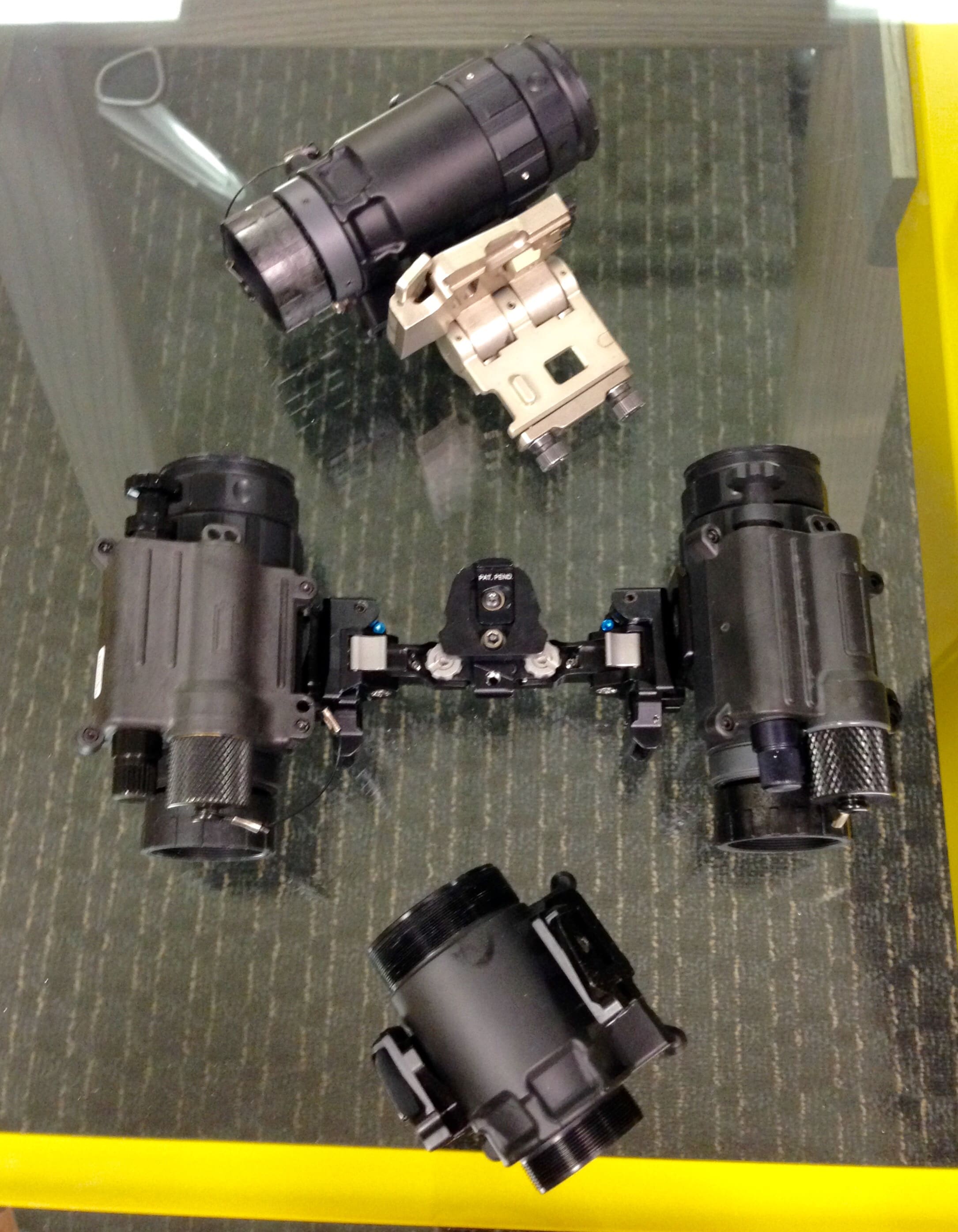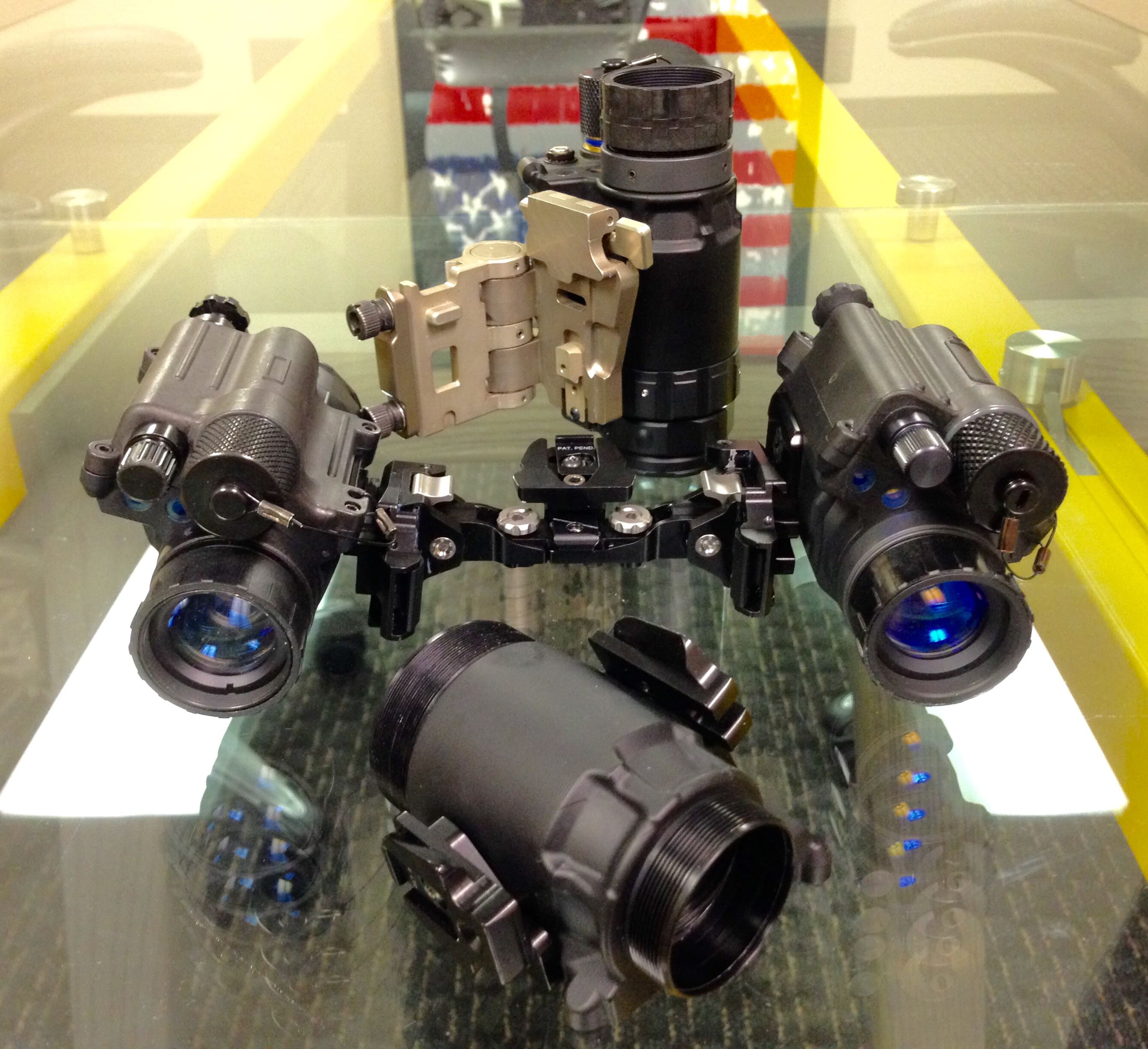As a tie-in conclusion to the last few weekly segments, a final area of discussion is augmentation accessories. Expending the resources to enhance EO equipment typically means you want to utilize it in more situations, harsher environs, and allow functions not previously available. Various accessories are binders that allow these advances without taking away from previous capabilities and magnify the singular enhancements.
Modularity and scalability are the key fundamentals this series began with. Another key is compatibility. Being modular and scalable by design is great, but limiting yourself to a sole source can (and has proven to) be very limiting. The components shown to this point are to a high threshold backwards compatible to the host device, as this was referenced as key with regards to component costs. Compatibility going backwards and forwards is a practicality keystone.
Mechanical interface has always been a sensitive industry topic. Who’s trinket works on who’s widget weighs heavy, particularly as the dollar threshold increases. You want your stuff to work with available stuff, and the new stuff you don’t even know exists until next SHOT Show. Maybe, even stuff that you want to design around for personal uses.
The main point to grasp here is that optical stuff isn’t cheap. Even the cheap stuff isn’t cheap. So if your entertaining upgrading it, make sure it’s all compatible and works to your benefit. The linkage hardware needs to be the right prescription for your needs, or its sour grapes. This means the weight is right, as optics hang off your face-you can’t function long with excessive head weight. The gear works for you and your host optics, not against you. You understand the hardware matrix and what benefits come with what risks. Are there safety concerns when driving ATVs or dynamic applications that your gear wasn’t made for particularly? When discussing compatibility, it’s not just does it fit, it’s also does it work with what your doing. A shoe may fit well, but it’s not a boot.
Night Vision Redux is a weekly series prepared with the assitance of DEP, the US subsidiary of Photonis. It is intended to educate readers about image intensification (I2) systems and ways they can be upgraded without having to purchase completely new systems.





So my question is: How can we acquire those upgrades noted in this series?
I agree with Ed above, how are these upgrades available?
Thanks for these weekly articles, which have been seriously helpful–except this one. I don’t know whose panties your trying so hard not to get twisted, but come on. This piece is so vague and lacking in details compared to the previous segments, as to be almost useless.
IE: what is the hardware in the pictures? If you don’t want to single out any one manufacturer, then highlight several and give us specific options to consider.
Sure there are probably endless options based on varying needs, but saying that doesn’t tell us anything we don’t already know. Some concrete examples to get us aware and thinking of the possiblites would really be helpful.
Yeah… is there a way to actually buy this stuff? I assume it’s for the commercial/LE market given the legacy PVS-14 is already on it’s way out.
I’m also only seeing one part (not introduced in previous installments to this series) not integral to the PVS-14 itself – the bino-bridge. The other parts (tan) in the images are all Wilcox products.
We (TNVC) have inquired about these “new” products including all the specs and pricing for these “new systems”. We personally review and test everything before we offer any kit to our LE and Mil folks along with our high end commercial market.
I personally want to test this tube and housing.
So eventually the upgrades mentioned in the series will be available for commercial purchase, or possible “build your own” PVS-14 to make a dual tube assembly?
That dummy head is like the water aliens in the Abyss went to selection
Supporting the commentary above;
The last article underscored “compatibility” as a key. The articles in the images were either DEP distributed or other manufacturers (accessories) products. The point being compatible with the point of the article-to scale as you want without loosing the capabilities you may already have invested in.
The bridge is usable with DEP products, or several other manufacturers products, as is the mount. Many manufacturers have accessories, but not all built to a specific specification. One change to a thread pitch or a small tolerance to keep their product line “closed”. This can be done 100 ways to bump off other would be competitors. This has a long history in the auto industry, software industry as well as the defense industry.
The last 6 weeks was meant to show that typically very closed NV devices can be opened if you have 2 years, a lot of patience and financial means. If someone feels the few big night vision manufacturers of the world want you (or a Government entity) to improve what you have by yourself or a (significant) product improvement that marginalized their involvement or footprint just look at the history book of the PVS-14. Every change (2 I believe in 15 years) was done by whom? It’s been a closed marketplace except for reselling entire systems or the same replacement components. Colt didn’t invent the forend rail. The tail then wagged the dog.
If modularity, scalability, compatibility and logistical advantages are not an interest, your friendly legacy PVS-14 will always be available. One company that sells legacy devices made the reference that DEP is saying the PVS-14 series of devices are essentially junk. This is untrue. Parts of it are old, antiquated and a few are junk, based on whom manufactured them. The device is not useless, but it is old, too old to be used strictly as-is without any options for applications or specifically repair. As one posted noted, he replaced the least expensive part of the device that was plastic and broke. Replacing that one part means ripping every single part off the monocular to include the image tube and electrical contacts. Then reassembling and purging it. Pretty tough deal for a broken plastic ring. In this series it can be seen that you can either use a titanium ring so it won’t break and is now an interface point, or use the snap ring design to swap the broken part(s) and have the device purged. The other options extend from there in many directions and you can retain any key parts you choose, or replace them at your whim.
Regarding parts availability, this is being worked through. Several sets of part and kits are fielded. These were revealed to various Government entities first out of respect and awareness. Other parts are in service with a few resellers and user groups, so the components are real and will be sold commercially in a scaled approach. DEP is a very small company and chooses it’s business segments critically. The articles were provided ahead of production for awareness and to allow the industry and users to hear the bell. For good reason, now many users can use not only the DEP products shown, but use other current and emeging products by whomever chooses to add to the matrix. DEP products are not exclusively closed, except with regards to patents and trade secrets. The products are an incentive to make your EO device as flexible as the other high end equipment fielded. You want that plate in your vest permanently bonded in or the webbing stitched for one mag pouch made by the same company?
DEP will be releasing products and vendors very shortly for common access. SSD will also be releasing various media for view and commentary. If you have a specific interest or concern please use the forum. We check it and respond if someone has a key interest. Please understand only questions that can be answered will be. Exact costs and testing information can be sensitive based on when it is revealed.
I’ve seen these in person, handled them in the various stages of development and received detailed briefs on the capabilities of the various parts/system. I can say that they’re very high quality and well thought out. In fact, I was surprised at some of the small details that matter, but most never even think about and I wasn’t aware of. These parts and the system provide a lot of modularity and flexibility.